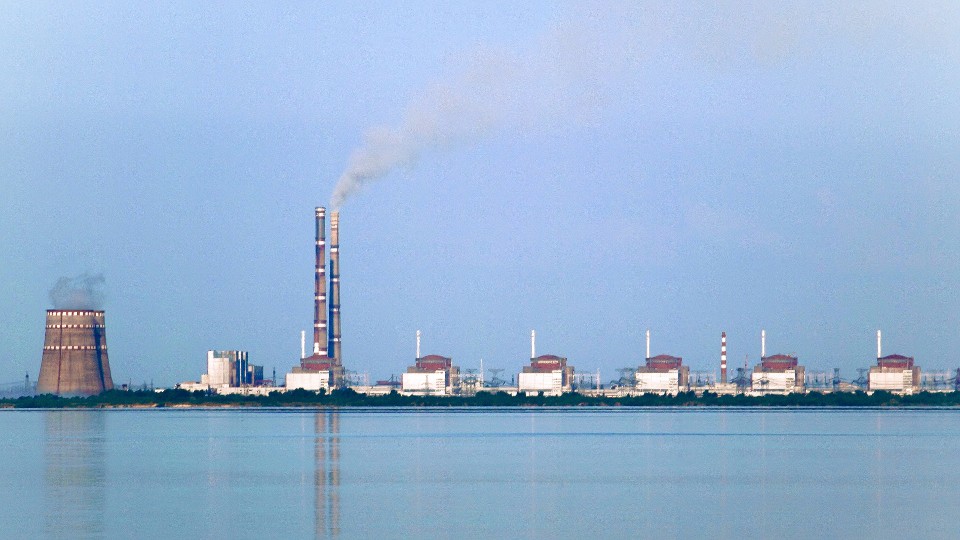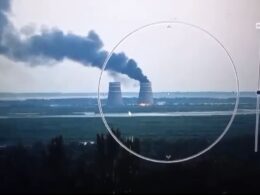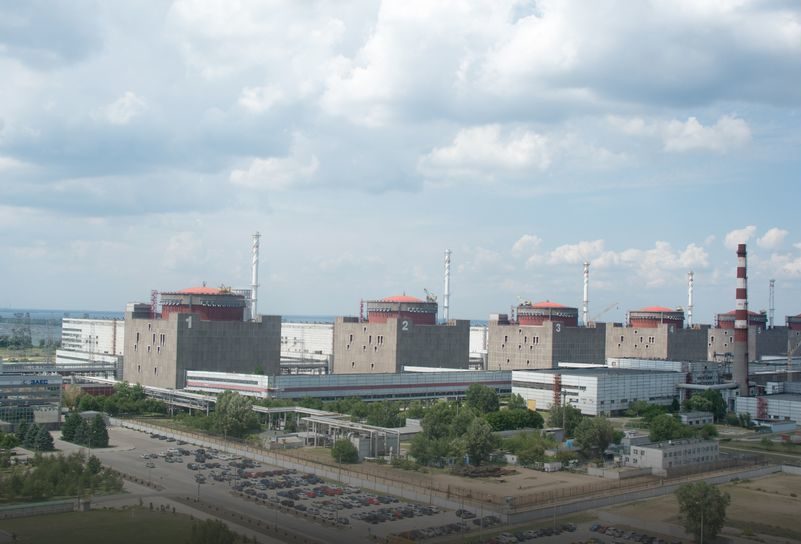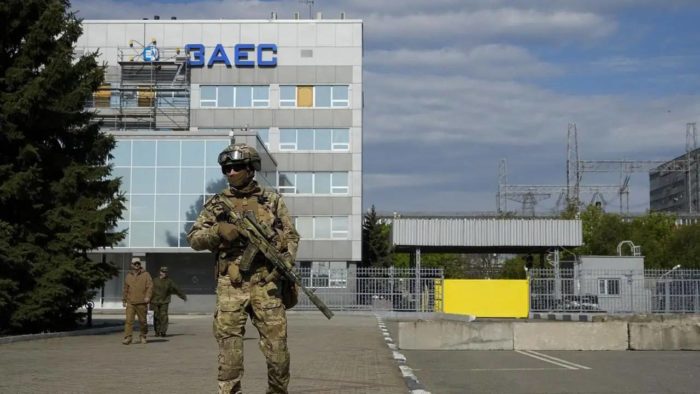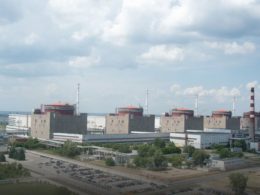Russia's missile and drone attacks on Ukraine's electricity grid pose a severe risk of nuclear catastrophe, according to a Greenpeace briefing obtained by the Guardian.
The statement comes after one of the most massive attacks, targeting electricity infrastructure across Ukraine on 17 November, which included 210 drones and missiles
The environmental organization warns that strikes targeting critical power substations could lead to a nuclear disaster comparable to Chornobyl or Fukushima.
"It is clear that Russia is using the threat of a nuclear disaster as a major military lever to defeat Ukraine," said Shaun Burnie, nuclear expert at Greenpeace Ukraine.
The IAEA reported that the main power lines to three nuclear power plants were cut, with two power lines to the Rivne plant becoming unavailable… from website
Greenpeace reported that the loss of cooling function at one or more reactors would inevitably lead to nuclear fuel melt and large-scale radiological release.
Ukraine's remaining nuclear facilities at Rivne, Khmelnytskyi, and South Ukraine currently generate about two-thirds of the country's electricity. While the attacks did not directly target the plants, they critically stressed the power grid supporting these facilities.
The nuclear plants have on-site diesel generators and batteries that can provide power for seven to ten days.
However, a sustained loss of external power could trigger a catastrophe that could affect not just Ukraine but potentially much of Europe.
In March 2022, shortly after launching its full-scale invasion of Ukraine, Russia seized control of the Zaporizhzhia Nuclear Power Plant, Europe's largest nuclear facility. It’s been still under Russian control
The occupation involved deploying military forces within the plant's premises, using it as a base for military operations and storing ammunition, which has raised significant nuclear safety concerns due to the proximity of armed conflict to the facility.
Since then, the plant has been subjected to repeated attacks and disconnections from the Ukrainian power grid, further exacerbating the risks associated with its operation under Russian control.
Read also:
- G20 fails to condemn Russia as six European ministers reaffirm support for Ukraine
- Estonia advocates European troops in Ukraine to secure peace
- Drones hit Russian ammunition storage 680km from border with Ukraine

